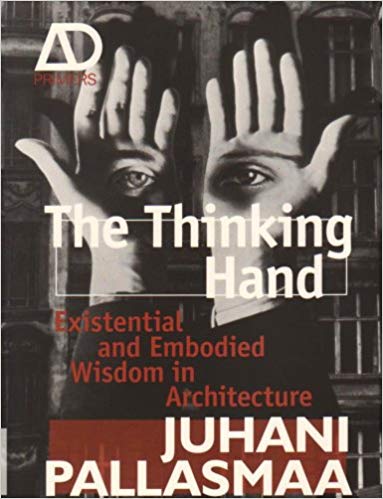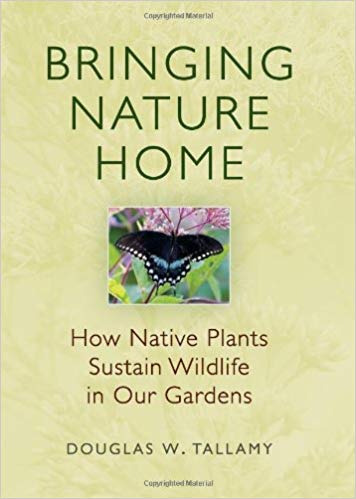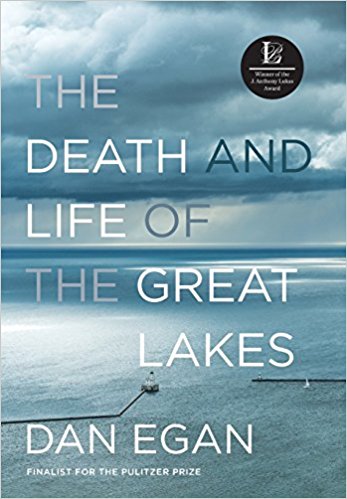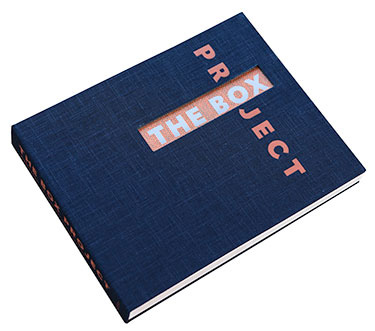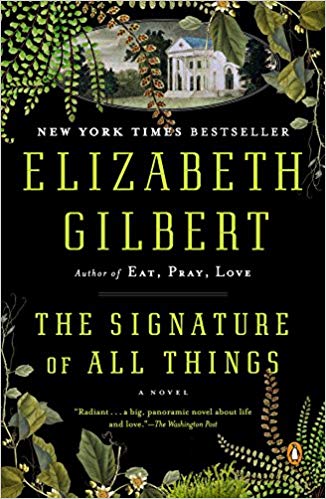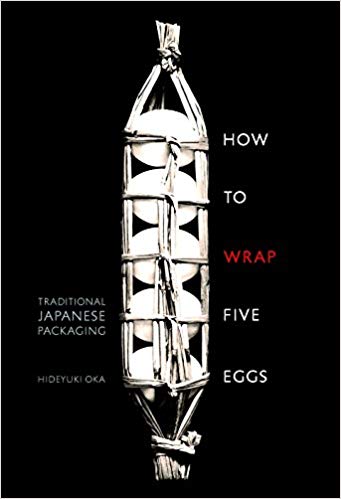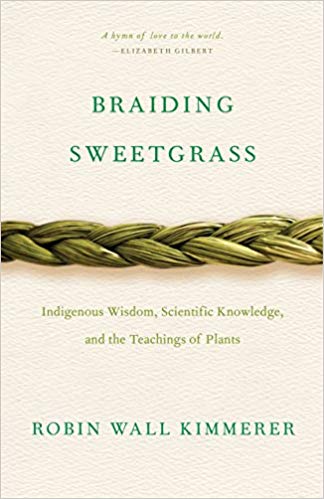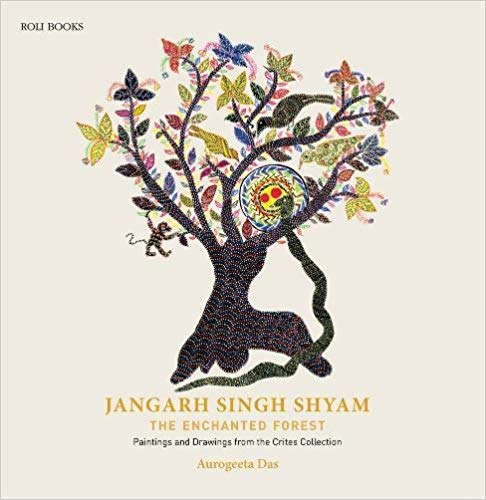
Wishing You the Magic of the Season and an Artful New Year!

Studio Visits: Brussels, Amsterdam, Utrecht
In November, Tom, Carter and Rhonda traveled too Brussels, Amsterdam and Utrecht to catch up Stéphanie Jacques, Marian Bijlenga and Marianne Kemp in their respective studios. Each studio was housed in an unusual re-envisioned space, one a former hospital another a primary school, their studios contained glimpses of past work and future projects. As in the UK, all three artists were extremely generous with their time and thoughts. We came away with more material for the series of books we hope to do one day. In the meantime, enjoy a quick view of this leg of our extraordinary trip.
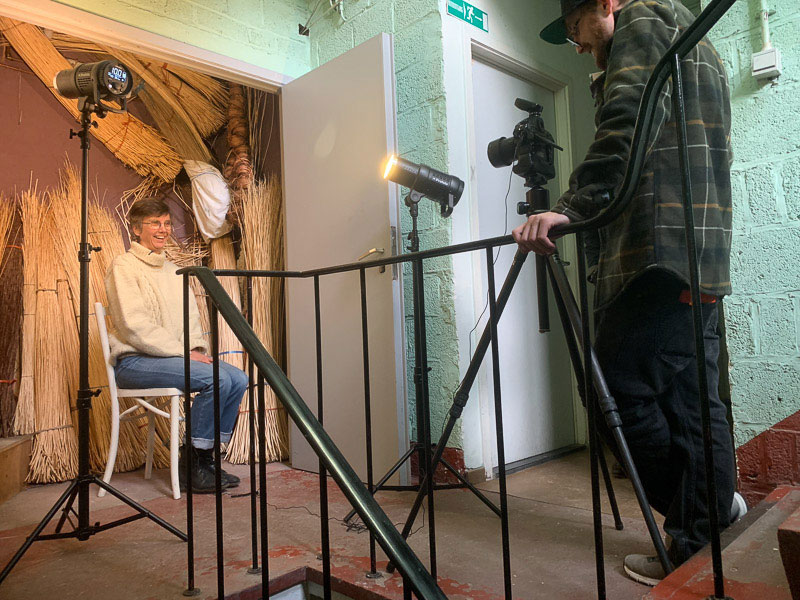

Books make great gifts
We received many good suggestions for this year’s book round up and have added two of our own.
Rereading works of particular power was a theme for several of the artists who replied. Jo Barker tells us that she returns again and again to The Thinking Hand: Existential & Embodied Wisdom in Architecture by Juhani Pallasmaa (Wiley, 2009). “As a maker who works in an instinctive way,” she writes, “this book was a revelation. It is often so difficult to talk about and explain embodied knowledge. The book’s subheading may seem misleading, as this is a book of interest to artists, musicians, and writers as well as architects. In fact, anyone interested in the process of creativity, and making. It consists of a series of illustrated essays moving from the physical to the abstract, from the hand itself to emotional theory. The author – ‘one of Finland’s most distinguished architects and architectural thinkers’ – writes concisely. Every paragraph has meaningful content and for this reason is a book that can be picked up and read in short bites, as well as an engrossing long read. At its heart is the importance of the hand as a tool, movements of the hand and development of the mind and imagination. All of this rings true for me as a tapestry designer and weaver.” Barker also recommends Findings by Kathleen Jamie (Sort of Books, 2015). “For anyone interested in Scotland, nature writing, travel, the human condition, this small book is so thoughtful and beautiful. I have given it to several friends.” Kathleen Jamie writes essays and poetry. Findings is a book of 11 short essays. “She writes with clarity and precision,” writes Barker. “Every word counts. Neolithic buildings, birds, the streets of Edinburgh, remote Scottish Islands her family: she really makes you notice tiny details and her thoughts stay with you long after the book is finished.”
Barker notes that her prior book, Sightlines: A Conversation With the Natural World (The Experiment, 2013) includes observations on the restoration of whalebones, the aurora borealis, cave paintings, bird colonies, an archaeological dig and “is equally absorbing, broad ranging and magical.”
A favorite book that Jennifer Falck Linssen finds herself rereading is Bringing Nature Home: How You Can Sustain Wildlife with Native Plants by Douglas Tallamy (Timber Press, 2009). “Returning to Wisconsin six years ago after being away for close to 17 years, it was clear just how the woods and meadows had changed – and not for the better,” she observes. “My husband and I have spent the past six summers battling invasive plants on our land. Just when I think we’ve beat the invasive non-native plants back, they creep forward again. The good news is that in this case it’s been two steps forward and only one step back. And it’s worth the effort to see the beautiful native woodland plants reappear. Doug Tallamy’s book reinforces those efforts by sharing with his readers how important our native plants are and the wonderful creatures they support.”
She recently finished reading The Death and Life of the Great Lakes by Dan Egan (W.W. Norton, 2018) after a fellow artist-friend, equally interested in water health, recommended it. “Growing up along the shores of Lake Michigan I knew a great deal of the history and some of the challenges the Great Lakes have dealt with in the past and at the present,” she says. “Dan Egan writes about how each change and challenge to the Great Lakes has led to a new one. It’s a chain of events both fascinating and frightening – one that I hope will help more people realize just how important both land and water health are to our overall ecosystem.”
Gyöngy Laky returned to The Box Project: Uncommon Threads (Cotsen Occasional Press, 2016). In October, The Textile Museum at George Washington University announced that it is the recipient of an $18.4 million gift of more than 4,000 textiles (including The Box Project), an endowment and equipment to support the textile collections. Lloyd Cotsen, the donor, was former CEO and chairman of the of Neutrogena Corporation and a prodigious collector of textiles, baskets, books and more. “Lyssa C. Stapleton, the curator of the Cotsen collection and editor or the catalog, described what captivated Cotsen about the textile works he collected,” writes Laky: ‘the flexibility of the medium, it’s dexterity and ability to fill space, to be rigid or pliant, to cover walls or floors, to be sculptural or flat, are what made him a passionate patron.’ Among Cotsen’s collecting projects was The Box Project. “Over several years 36 artists were commissioned to create artworks that would be housed, but not necessarily contained, in two sizes of archival boxes,” writes Laky. “The catalog is a hefty 5 pounds. It is just smaller than the smaller of the two archival boxes that the selected artists could choose to house the artworks that Cotsen commissioned. It is bound in subtly textured indigo fabric and, most strikingly, and metaphorically, it has a window in its cover. It is not only a beautiful object and fascinating read, it is also a window on the field. I read the catalog in 2016, but it stayed vivid in my mind. With the announcement of the gift to GWU, I re-read the thoughtful and thought-provoking essays this fall.”
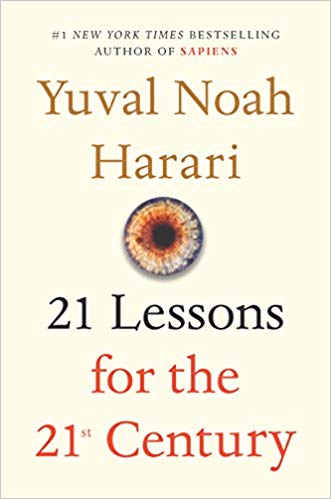
“For me,” writes Heidrun Schimmel, “one of the most inspiring books was 21 Lessons for the 21st Century by Harari Yuval Noah (Spiegel & Grau 2018).”It’s not an art book, “but one nevertheless very important for my work.” In it, the author conducts an important conversation about how to take on the problems of the 21st century.
Chris Drury also recommends a non-art book, a novel by Elizabeth Gilbert, A Signature of All Things (Riverhead Books, 2014).
Nancy Moore Bess, Polly Sutton and Scott Rothstein chose art books. Bess writes that her go-to books for inspiration and calming are all versions of How to Wrap Five Eggs by Hideyuki Oka (Weatherhill, 2008). “In total I probably have two dozen books on wrapping and gift traditions in Japan. One I own is a real treasure. It’s multiple layers of packaging let you know immediately how significant the contents are. The outer sleeve is beautifully stenciled to hint at what is inside. Plain cardboard and tissue protect the red folder that covers the book itself. This particular edition is filled with photos and illustrations not included in most editions. Gift giving in Japan is very complicated!”
Sutton recommends, Braiding Sweetgrass Robin Kimmerer: “It’s so very good!” Rothstein found interesting Jangarh Singh Shyam: The Enchanted Forest, Aurogeeta Das (Roli Books, 2017) that accompanied an exhibition of the same name http://artfoundout.blogspot.com
/2017/10/jangarh-singh-shyam-enchanted-forest.html.Singh was a member of an indigenous tribe from Madhya Pradesh in India who created murals, acrylics on paper, clay reliefs and and screen prints of tribal deities that had not been previously visualized and flora and fauna remembered from his childhood.
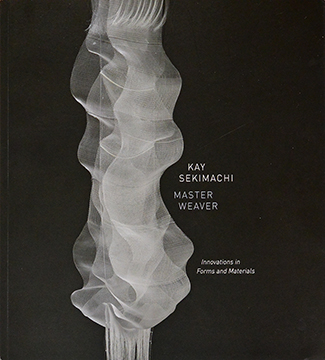
We have two picks this year. First, The Shape of Craft by Ezra Shales (Reaktion Books, 2018), a book we predict will join the list of those that readers return to again and again. It explores some of the key questions about craft: who makes it, what we mean when we think about a craft object and how that shapes our understanding of what craft is. Shales’s discussion ranges widely across people and objects: from potter Karen Karnes to weaver Jack Lenor Larsen, glass sculptor Dale Chihuly to Native American basket-maker Julia Parker, as well as younger makers such as Sopheap Pich and Maarten Baas, and to the porcelain and cast-iron sanitary ware produced by the Kohler Company, the pottery made in Stoke on Trent and the people in Asia today who weave beautiful things for IKEA.”This book is of particular value to the fine arts, where today’s practitioners are reaching out more and more into traditional craft without understanding its context,” writes Garth Clark in CFile. “The Shape of Craft lets them know that while rooted in labor, material and haptic experience (I only acknowledge craft as a verb) it can also be intellectually profound and conceptually textured.” The second, and latest, catalog of Kay Sekimachi’s work, Kay Sekimachi: Master Weaver (Fresno Art Museum, 2018) prepared to accompany this year’s one-person exhibition at the Fresno Museum of Art. Kay Sekimachi: Master Weaver is lushly illustrated with never-before-seen works from the 1940s to works through the 60s, 70s, 80s, up to 2017. The curators, Kristina Hornback and Michele Ellis Pracy, aimed “to select and ultimately present artwork that encapsulates the breadth, variety, and intrinsic voice of an artist,” in order to illuminate her 77 years “of experimental and remarkable art making.” They have succeeded, masterfully.
Happy Holiday reading!
Search
Subscribe2
Recent Posts
- December 25, 2025
- December 19, 2025
- December 10, 2025
Pages
blogroll
Archives
- December 2025
- November 2025
- October 2025
- September 2025
- August 2025
- July 2025
- June 2025
- May 2025
- April 2025
- March 2025
- February 2025
- January 2025
- December 2024
- November 2024
- October 2024
- September 2024
- August 2024
- July 2024
- June 2024
- May 2024
- April 2024
- March 2024
- February 2024
- January 2024
- December 2023
- November 2023
- October 2023
- September 2023
- August 2023
- July 2023
- June 2023
- May 2023
- April 2023
- March 2023
- February 2023
- January 2023
- December 2022
- November 2022
- October 2022
- September 2022
- August 2022
- July 2022
- June 2022
- May 2022
- April 2022
- March 2022
- February 2022
- January 2022
- December 2021
- November 2021
- October 2021
- September 2021
- August 2021
- July 2021
- June 2021
- May 2021
- April 2021
- March 2021
- February 2021
- January 2021
- December 2020
- November 2020
- October 2020
- September 2020
- August 2020
- July 2020
- June 2020
- May 2020
- April 2020
- March 2020
- February 2020
- January 2020
- December 2019
- November 2019
- October 2019
- September 2019
- August 2019
- July 2019
- June 2019
- May 2019
- April 2019
- March 2019
- February 2019
- January 2019
- December 2018
- November 2018
- October 2018
- September 2018
- August 2018
- July 2018
- June 2018
- May 2018
- April 2018
- March 2018
- February 2018
- January 2018
- December 2017
- November 2017
- October 2017
- September 2017
- August 2017
- July 2017
- June 2017
- May 2017
- April 2017
- March 2017
- February 2017
- January 2017
- December 2016
- November 2016
- October 2016
- September 2016
- August 2016
- June 2016
- April 2016
- March 2016
- February 2016
- December 2015
- October 2015
- September 2015
- August 2015
- June 2015
- May 2015
- April 2015
- March 2015
- February 2015
- January 2015
- December 2014
- November 2014
- October 2014
- September 2014
- August 2014
- July 2014
- June 2014
- May 2014
- April 2014
- March 2014
- February 2014
- January 2014
- December 2013
- October 2013
- September 2013
- July 2013
- June 2013
- May 2013
- April 2013
- March 2013
- January 2013
- December 2012
- November 2012
- October 2012
- September 2012
- August 2012
- July 2012
- June 2012
- May 2012
- April 2012
- March 2012
- February 2012
- January 2012
- December 2011
- November 2011
- October 2011
- September 2011
- August 2011
- July 2011
- June 2011
- May 2011
- April 2011
- March 2011
- February 2011
- January 2011
- December 2010
- November 2010
- October 2010
- September 2010
- August 2010
- July 2010
- June 2010
- May 2010
- April 2010
- March 2010
- February 2010
- January 2010
- December 2009
- November 2009
- October 2009
- September 2009
- August 2009
Categories
- Acquisitions
- Aldrich Museum of Contemporary Art
- Allies for Art
- An Unexpected Approach
- Anniversary
- Architecture
- Art
- art + identity
- Art Assembled
- Art Materials
- art money
- Art Preview
- Art Textiles
- artist
- Artsy
- Awards
- bamboo
- Basketmakers
- Basketry
- Behind the Scenes
- Blue/Green
- Book Recommendations
- Books
- Catalogs
- Ceramics
- Charity
- Classes
- Collage
- Collectors
- Commentary
- Commission
- Commissions
- Danish Tapestry
- DIY
- Eco-Art
- Exhibitions
- Fashion
- Fiber Future
- Fiber Sculpture
- Film
- Galleries
- Gifts
- Guest Post
- History
- In the News
- Installations
- Japandi
- Japanese Art
- Japanese Ceramics
- Lectures
- Mixed Media
- Museums
- New This Week
- New York
- Obituary
- Obiturary
- Outdoors
- Paper
- Philadephia Museum of Art
- Photography
- Politics
- Pop-Up Exhibition
- Press
- Process Notes
- Sculpture
- SOFA
- Sweepstakes
- Tapestry
- tate modern
- Technology
- Text Art
- Travel
- Uncategorized
- Volume 50: Chronicling Fiber Art for Three Decades
- White
- White Art
- Who Said What
- Wood
- Workshops
Tags
Adela Akers art assembled Basketry browngrotta arts Carolina Yrarrázaval Dorothy Gill Barnes Ed Rossbach Gyöngy Laky Heidrun Schimmel Helena Hernmarck Hisako Sekijima James Bassler Jane Balsgaard Jennifer Falck Linssen Jin-Sook So Jiro Yonezawa John McQueen Judy Mulford Karyl Sisson Kay Sekimachi Kiyomi Iwata Kyoko KumaI Lawrence LaBianca Lenore Tawney Lewis Knauss Lia Cook Magdalena Abakanowicz Marian Bijlenga Mariette Rousseau-Vermette Mary Giles Mary Merkel-Hess Nancy Koenigsberg Nancy Moore Bess Naoko Serino Naomi Kobayashi Norma Minkowitz Rachel Max Randy Walker Sheila Hicks Sheila hicks Stéphanie Jacques Sue Lawty Tapestry Wendy Wahl Yasuhisa KohyamaAbout browngrotta.com
blogroll
reboot
site-ings
who's showing where
Subscribe
Pages
Archives
Calendar




